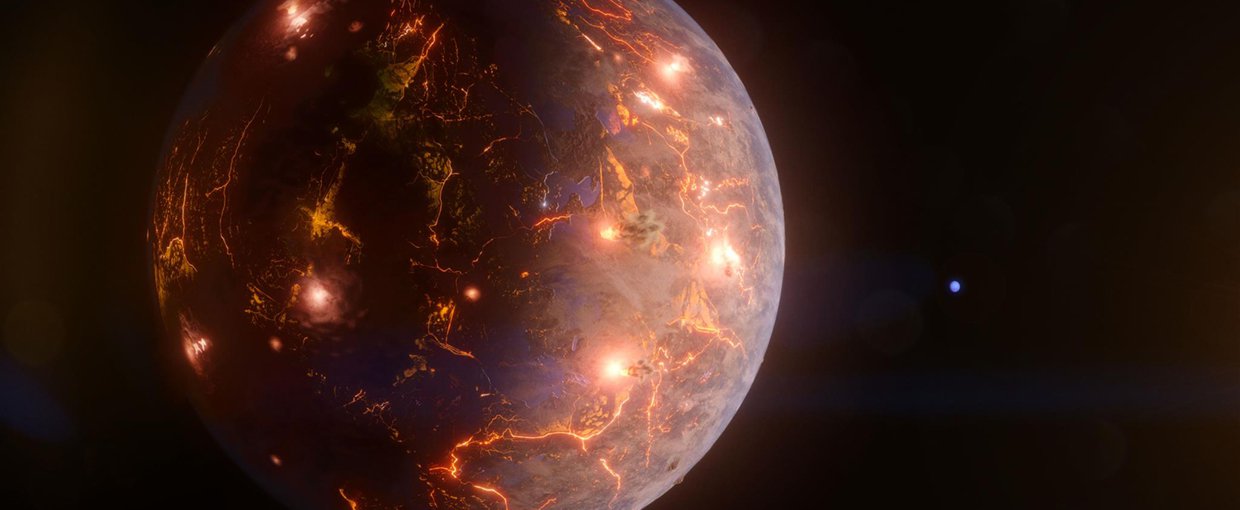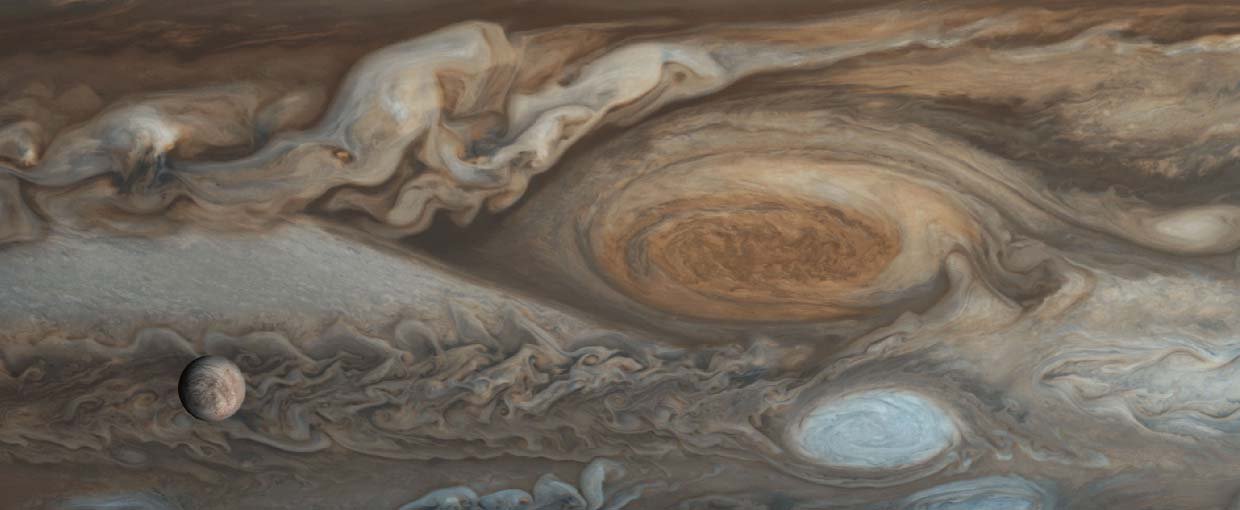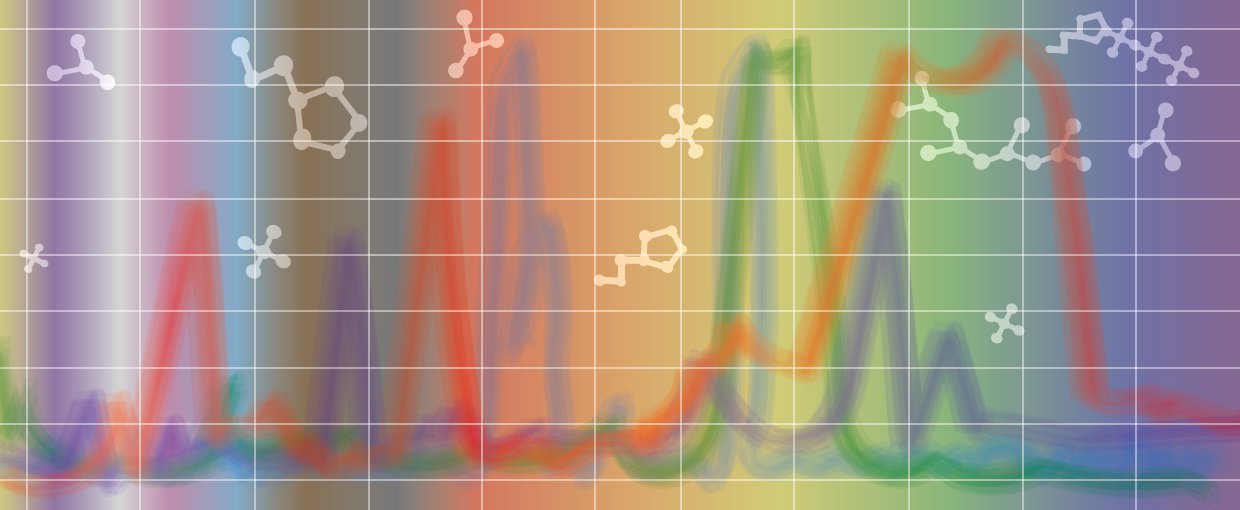Sohl, L. E., Fauchez, T. J., Domagal-Goldman, S., Christie, D. A., Deitrick, R., Haqq-Misra, J., … Chaverot, G. (2024). The CUISINES Framework for Conducting Exoplanet Model Intercomparison Projects, Version 1.0. The Planetary Science Journal, 5(8), 175. doi:10.3847/psj/ad5830
Zhang, M., Zolensky, M. E., Fukuda, K., Nakashima, D., Weisberg, M. K., & Kita, N. T. (2024). Late Pebble Accretion of Comet 81P/Wild 2 Nucleus: Evidence from a Plagioclase-bearing Chondrule Fragment, Pyxie. The Astrophysical Journal, 971(1), 12. doi:10.3847/1538-4357/ad55cc
Wasylenki, L. E., Wells, R. M., Spivak-Birndorf, L. J., Baransky, E. J., & Frierdich, A. J. (2024). Toward mending the marine mass balance model for nickel: Experimentally determined isotope fractionation during Ni sorption to birnessite. Geochimica et Cosmochimica Acta, 379, 76–88. doi:10.1016/j.gca.2024.06.022
Barboni, M., Szymanowski, D., Schoene, B., Dauphas, N., Zhang, Z. J., Chen, X., & McKeegan, K. D. (2024). High-precision U-Pb zircon dating identifies a major magmatic event on the Moon at 4.338 Ga. Science Advances, 10(30), None. doi:10.1126/sciadv.adn9871
Boan, P. C., Evans, S. D., & Droser, M. L. (2024). And now for something completely random: spatial distribution of Dickinsonia on the Ediacaran seafloor. Global and Planetary Change, 238, 104467. doi:10.1016/j.gloplacha.2024.104467
Botha, T., Droser, M., GarcíA-Bellido, D., & Sherratt, E. (2024). Morphometric investigation of Tribrachidium from Nilpena Ediacara National Park, South Australia. Palaeontologia Electronica. doi:10.26879/1374
Pavlov, A. A., McLain, H., Glavin, D. P., Elsila, J. E., Dworkin, J., House, C. H., & Zhang, Z. (2024). Radiolytic Effects on Biological and Abiotic Amino Acids in Shallow Subsurface Ices on Europa and Enceladus. Astrobiology, 24(7), 698–709. doi:10.1089/ast.2023.0120
Dhaliwal, J. K., Day, J. M. D., Creech, J. B., & Moynier, F. (2024). Copper and zinc isotope compositions of pristine eucrites as analogues for differentiated planetary feedstocks. Earth and Planetary Science Letters, 637, 118740. doi:10.1016/j.epsl.2024.118740
Surprenant, R. L., Gehling, J. G., Hughes, E. B., & Droser, M. L. (2024). Reply to “Comment on “Biostratinomy of the enigmatic tubular organism Aulozoon soliorum, the Rawnsley Quartzite, South Australia” by Surprenant et al. (2023)”. Gondwana Research, 131, 69–74. doi:10.1016/j.gr.2024.02.010
Bedford, C. C., Rampe, E. B., Thorpe, M. T., Ewing, R. C., Mason, K., Horgan, B., … Gray, P. C. (2024). The Geochemical and Mineralogical Signature of Glaciovolcanism Near Þórisjökull, Iceland, and Its Implications for Glaciovolcanism on Mars. Journal of Geophysical Research: Planets, 129(7), None. doi:10.1029/2023je008261



